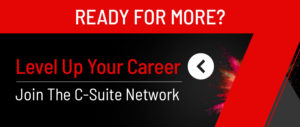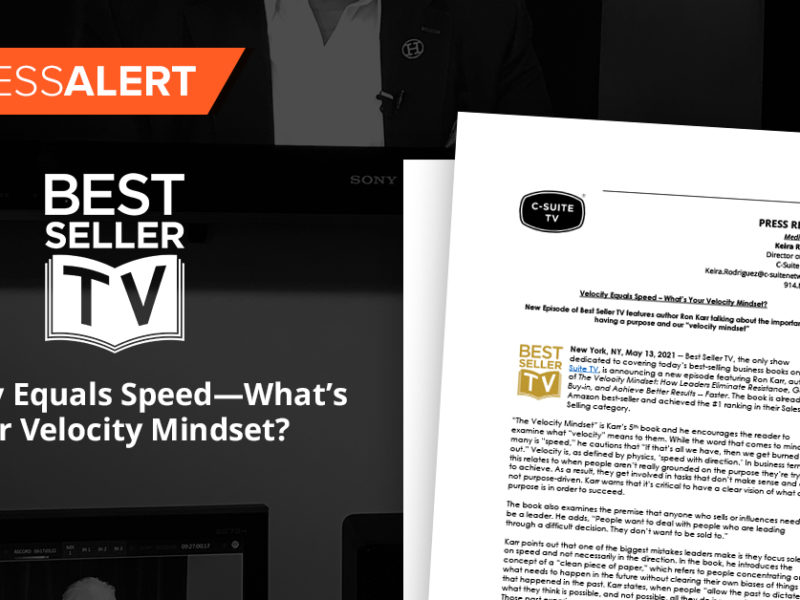
Theory of Creativity
Theory of Creativity https://csuiteold.c-suitenetwork.com/wp-content/uploads/2016/04/ys-headsshot-3-2-16.jpg 450 563 C-Suite Network https://csuiteold.c-suitenetwork.com/wp-content/uploads/2016/04/ys-headsshot-3-2-16.jpgBy: Yitzchok Saftlas
Safety first might be the best advice if you’re behind the wheel of a car, but if you want to test drive a creative marketing or advertising concept, you’ve got to take it for a spin.
Playing it safe is the absolute worst thing you can do, says Linda Kaplan Thaler, who was inducted last year into the Advertising Hall of Fame. Linda is the former chairman of Publicis, an advertising group whose blue-chip client roster includes: P&G, Nestle, Merck and Pfizer, and is the creative genius behind many world-famous advertising campaigns, such as the “I don’t Wanna Grow Up, I’m a Toys R Us Kid,” and “Kodak Moments.”
Perhaps one of her biggest success stories – one she shared with my listeners on a recent edition of Mind Your Business on 77WABC – was the campaign she devised for AFLAC, an acronym for American Family Life Assurance Company of Columbus.
Few Americans had ever heard of AFLAC before Linda won their account in 1999, even though AFLAC was a Fortune 500 company, providing financial protection to more than 50 million people worldwide.
AFLAC’s advertising had been a flop and company awareness was hovering at a barely perceptible 3%. The company was intent on staying the course with their emotional commercials to try to worry people into running out and buying insurance to cover the unexpected. Linda knew that to win AFLAC’s advertising account, and turn them into a household name, she was the one who had to do the unexpected.
With negotiations at an impasse, Linda asked AFLAC’s CEO Dan Amos for a private meeting, and asked him one simple question: What keeps you awake at night? Amos replied that he loses sleep over the fact that even his relatives don’t know the name of the company.
Linda went back to her office, and the drawing board. At a brainstorming session, her creative director, Eric David quipped that AFLAC rhymed with quack and conjured up visions of ducks.
“I said: That’s it! That’s how we’re going to make America remember this name!”
Her copywriters composed a brilliant script, with two 40-year old men munching sandwiches on a park bench, where one asks the other to define supplemental insurance. A duck from the nearby pond waddles out of the water and quacks a one word answer: AFLAC.
Initially, Dan wasn’t impressed, but Linda was so sure that she shelled $35,000 out of her company’s coffers to test the message. That was bundle for her young company at the time, but the ad soon broke the bank. In two years, consumer awareness rose from 3% to 96% and today, the duck even graces the AFLAC logo at company headquarters.
Linda is never deterred by initial resistance. “The best ideas are the bad ideas that you turned upside down,” she says. Linda has three tips to help overcome that natural and understandable resistance:
1. Go for a Soft Approach
“I call it the Yes sandwich,” Linda says. “It’s much easier to get what you want that way. So when the client says, ‘that’s ridiculous,’ I say, you’re right, it’s a little insane but let’s just push back for a minute and see why this particular insanity makes some rational sense. Then go back to pushing for it.”
2. Let the Client Take Credit
President Harry Truman once said you can accomplish anything in your lifetime as long as you’re willing to not take credit for any of it. “If I throw out an idea, and the client says, that’s outrageous, I’ll say, what do you think will make it better? When they give me their idea, I’ll say: great idea, why didn’t I think of that!”
3. Don’t be afraid to fail
James Dyson, the inventor of the bagless vacuum cleaner, developed 5,126 prototypes over 15 years until he found one that worked, eventually amassing a net worth of $5 billion. He once said he got so much more innovation out of each failure along the way. “So we tell clients: If an ad doesn’t go viral, no one will see it, so you never have to worry that it will be seen as a failure.”
If you too hope to make the Advertising Hall of Fame one day, get the client thinking: “That’s nuts. That’s crazy. And then, yes, that could be brilliant!
Bottom Line Action Step: Share a great idea with a client and let them make it even better.
Yitzchok Saftlas is the founder and president of Bottom Line Marketing Group, a premier marketing agency helping hundreds of corporate, political and non-profit clients build their brands since 1992. Yitzchok’s new book: “So, What’s The Bottom Line” contains timeless advice for marketers, seasoned executives, and entrepreneurs. His weekly business radio show, “Mind Your Business” is aired on 77WABC radio every Sunday night. Yitzchok can be reached at ys@BottomLineMG.com






